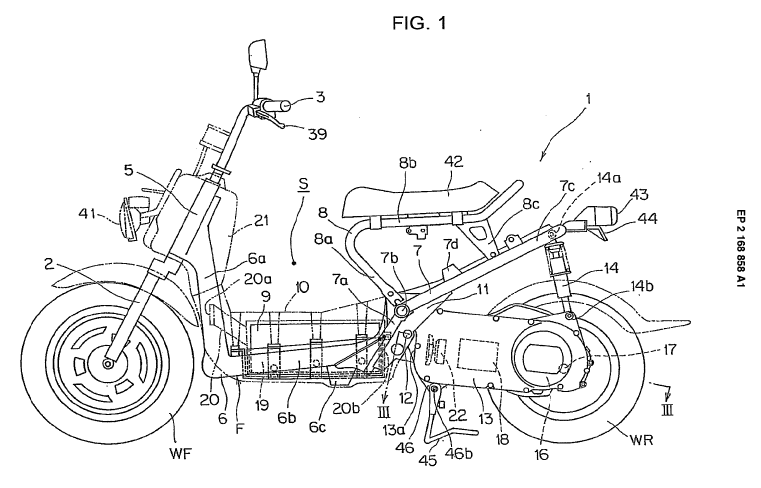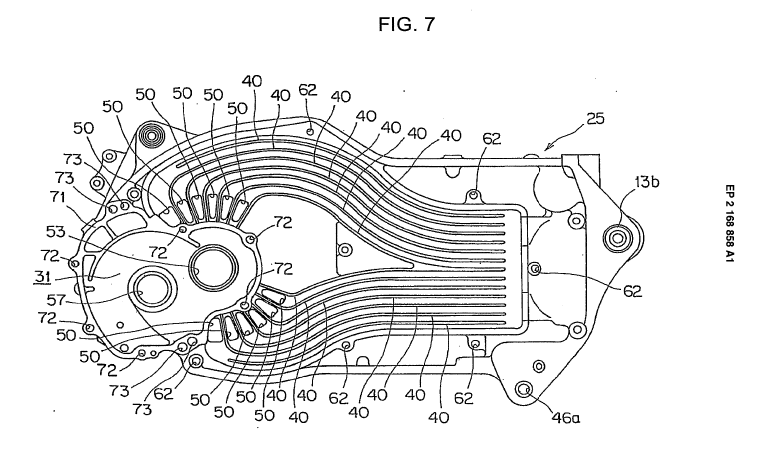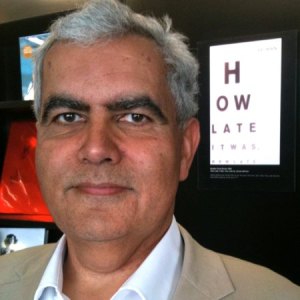I was rather surprised to discover this morning that I have failed to blog about our wonderful Industry Guides. This is even more of a crime when I consider how my colleagues have toiled over them every six-months to hand-pick the best information for researching key industries.
Although by no means comprehensive (not really possible in the British Library due to our vast range of content), these guides highlight useful databases, publications and websites, hopefully in an industry or topic you want to research.
Advertising [pdf 138KB]
Find information on the marketing and advertising industry, including trends and new formats such as online advertising.
Alcoholic drinks [pdf 95KB]
Get details on brewers, distillers and licensing, as well as market information on specific areas such as champagne, ale and wine.
Books and publishing [pdf 74KB]
Find directories of publishers, lists of books in print and market research on trends in the publishing industry.
Childrenswear [pdf 218KB]
This includes trends in fashion, retail and childrenswear, as well as topics such as marketing to children.
Confectionery [pdf 165KB]
Includes advice on starting a chocolate business and specific information on topics such as gum and healthy snacks.
Construction [pdf 161KB]
Directories of builders, scaffolding suppliers etc as well as trends and forecasts for the construction industry.
Fashion [99.4KB]
Information on fashion, fabrics, department stores and retailers and many specific reports on key areas, such as footwear.
Fast food and snacks [pdf 251KB]
Pizza, frozen food, savoury snacks and fast food outlets are all covered in these reports.
Footwear [pdf 80.31KB]
Reports on all areas of footwear, including specific shoe brands and types such as sporting footwear.
Frozen, chilled and ready-made foods [pdf 167KB]
Directories for frozen foods, information on canning, freezing and preserving and specific topics such as ice cream.
Furniture [pdf 163KB]
Directories on interior design and department stores and reports on shopfitting, furniture and flooring.
Giftware [pdf 147KB]
Includes information on greetings cards, crafts, promotional gifts, homewares, glassware, party supplies & luxury goods.
Global business [pdf 202KB]
Get economic information about other developing countries, statistics and resources for exporting and importing.
Green and ethical business and social enterprise [pdf 97KB]
Includes reports on social enterprise, sustainability, recycling, organic food and other key green and ethical trends.
Health and fitness [pdf 120KB]
This includes gyms, complimentary/alternative health, nutrition and health clubs.
Horticulture [pdf 101KB]
Including gardening, horticulture retail, floristry and landscaping.
Insurance [pdf 197KB]
Find directories of insurance companies and information about developments in this industry.
Jewellery [pdf 203KB]
Details of arts and craft, jewellery, luxury retailing, silver and gold and watch-making.
Music [pdf 123KB]
Information on the music and video industries, including the online music market and concerts and festivals.
Organic food [pdf 106KB]
Directories of organic food suppliers, the growth of the organic food market and reports on health foods and healthy eating.
Over-the-counter and complementary medicine [168KB]
Information about pharmacies, medicines and healthcare, as well as alternative medicine.
Packaging [141KB]
Information on packing, processing, bottling as well as the relevant manufacturers: plastic, board, cardboard etc.
Recruitment and training [pdf 131.07KB]
Information on recruitment, training, management, human resources, including specific information on IT training.
Renewable energy [pdf 212.33KB]
Includes information on water power, sustainability, biofuels, wind power and solar power.
Sports [pdf 184KB]
Suppliers for the sports industry, information on specific sports such as fishing and motorsports, relevant trade magazines.
Telecommunications [pdf 142.8KB]
Details on emerging technologies, such as developments in mobile phones, and trade magazines such as ‘Mobile monthly’.
Toiletries and cosmetics [98.1KB]
Details on hair and beauty, skin care and makeup and reports on shopper behaviour and trends.
Toys and games [pdf 106KB]
Find trends for toys and games, including video games, outdoor games, giftware, and reports on marketing to children.
Travel and tourism [pdf 83KB]
Holiday trends, specific reports such as caravanning and duty free, and trade publications such as ‘Bed and Breakfast News’.
TV and film [115KB]
Directories of media companies, production companies etc and market research on trends in TV and film.
 I normally leave the coverage of all things patent related in the capable hands of my colleague Steve van Dulken and his Patent Search Blog.
I normally leave the coverage of all things patent related in the capable hands of my colleague Steve van Dulken and his Patent Search Blog.





















